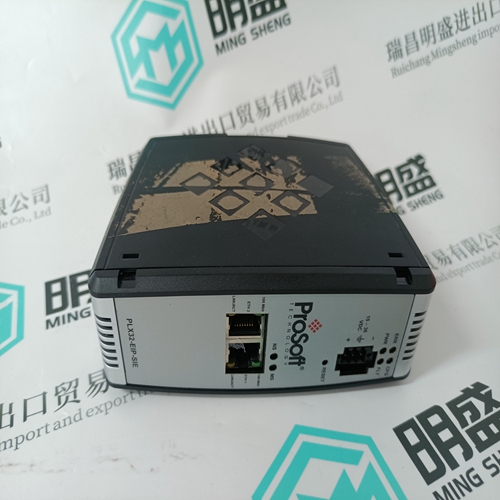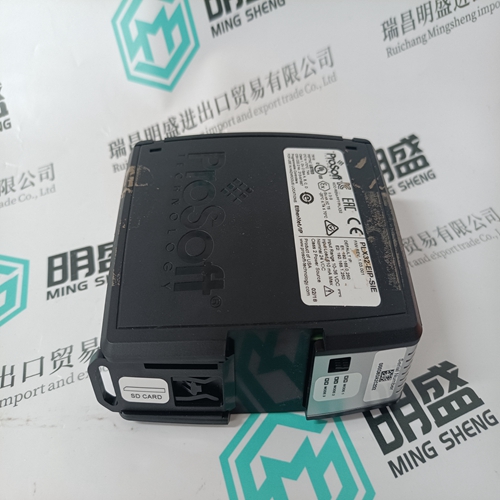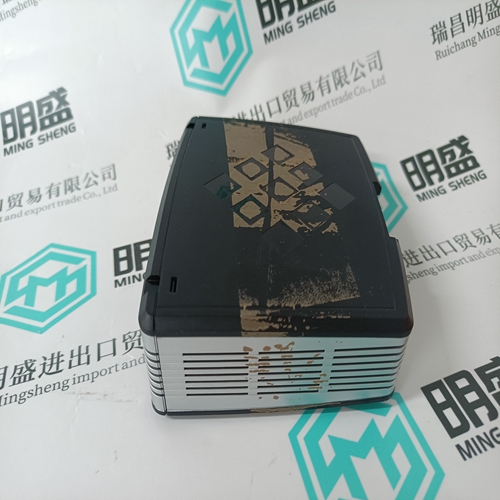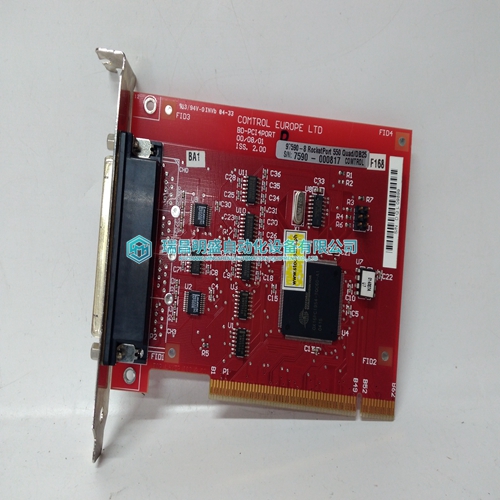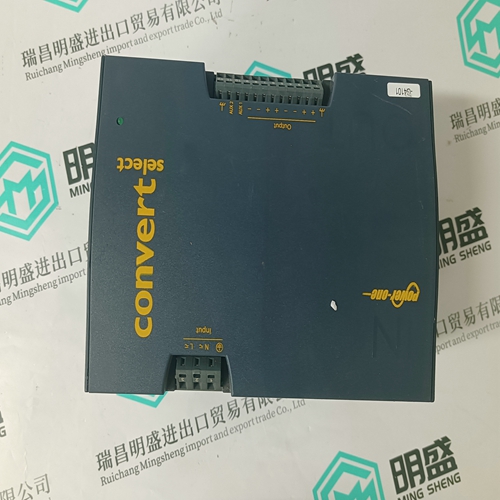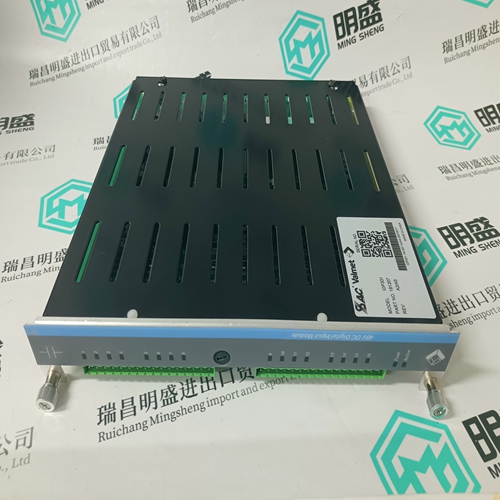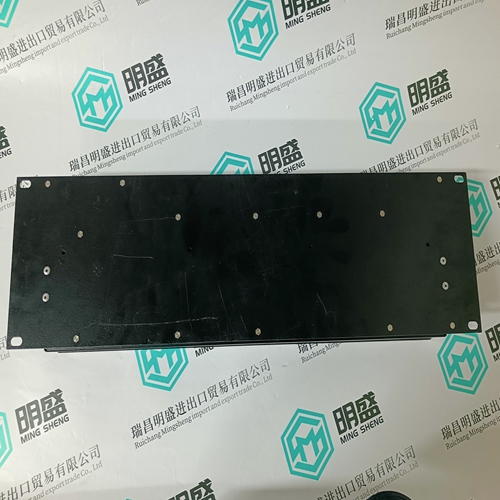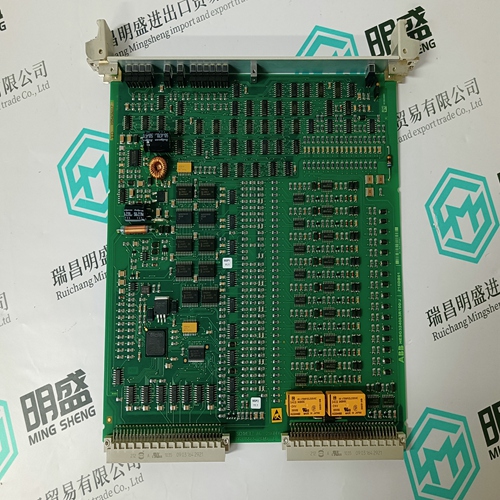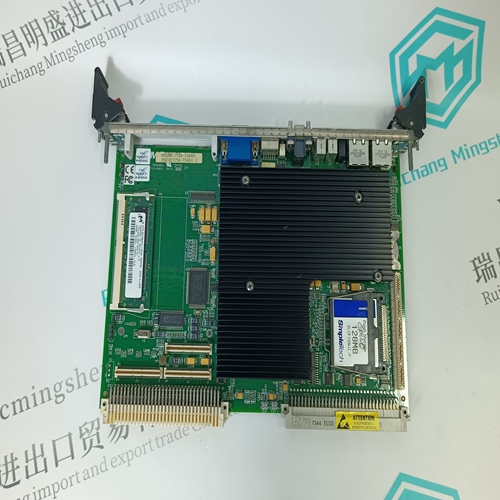Home > Product > PLC programmable module > PROSOFT PLX32-EIP-SIE Communication module
PROSOFT PLX32-EIP-SIE Communication module
- Product ID: PLX32-EIP-SIE
- Brand: PROSOFT
- Place of origin: the United States
- Goods status: new/used
- Delivery date: stock
- The quality assurance period: 365 days
- Phone/WhatsApp/WeChat:+86 15270269218
- Email:stodcdcs@gmail.com
- Tags:PROSOFTPLX32-EIP-SIECommunication module
- Get the latest price:Click to consult
The main products
Spare parts spare parts, the DCS control system of PLC system and the robot system spare parts,
Brand advantage: Allen Bradley, BentlyNevada, ABB, Emerson Ovation, Honeywell DCS, Rockwell ICS Triplex, FOXBORO, Schneider PLC, GE Fanuc, Motorola, HIMA, TRICONEX, Prosoft etc. Various kinds of imported industrial parts
Products are widely used in metallurgy, petroleum, glass, aluminum manufacturing, petrochemical industry, coal mine, papermaking, printing, textile printing and dyeing, machinery, electronics, automobile manufacturing, tobacco, plastics machinery, electric power, water conservancy, water treatment/environmental protection, municipal engineering, boiler heating, energy, power transmission and distribution and so on.
PROSOFT PLX32-EIP-SIE Communication module
How to solve the error ? – Check the different connexions on the CS31 bus (the terminals b1 and b2 must not be inversed). – Check the CS31 bus to find where is the error. In case of short-circuit, all remote units on the corresponding segment are in default. The open circuit can be detected by the NCB only if this default happens between NCB and the first remote unit. For the cases, the central unit will detect a disconnected remote unit When the failure disappears, the NCB quits the error by itself and the red leds go out. A remote unit error is always normally detected by the central unit.
The NCBR is an amplifier for CS31 bus with integrated redundancy functions. NCBR allows two types of configurations : – Reliable installation In this case, NCBR is used to built up a redondant data transmission medium. – Extended installation The NCBR is then used to built up star configuration and therefore to cover wide areas. The redundancy functions is provided by 2 parallel buses between 2 NCBR or with one bus in ring configuration with only one NCBR. It also ensures a amplifier function whereas the maximum lenght on one bus can reached upto 1800 m with the installation of 3 NCBR. The use of NCBR is totally transparent and a diagnosis is available on the unit and on the central unit if almost one of the different lines is faulty
TECHNICAL CHARACTERISTICS
Power supply 24 VDC Isolated power supply no Maximum consumption 6 W Isolated RS485 CS31 bus IN1/IN2, OUT1, OUT2 yes (1000 VAC) and power supply Isolated RS485 CS31 bus IN2/IN1, OUT1, OUT2 yes (1000 VAC) and power supply Isolated RS485 CS31 bus OUT1/IN1, IN2, OUT2 yes (1000 VAC) and power supply Isolated RS485 CS31 bus OUT2/IN1, IN2, OUT1 yes (1000 VAC) and power supply Maximum delay between input/output signals < 2 µs Integrated resistor for end of line yes (120 Ohm 1/4 W) on output (OUT) yes (1500 Ohm 1/4 W) on input (IN) Mounting on DIL rail yes Widht x height x depth 120 x 80 x 85 Order number FPR 347 1300 R1002 Weight 340g
The resistor for end of line (120 Ω 1/4 W) is already integrated into the NCBR. The maximum length of each segment is 500 m. The maximum length in one direction (for example : L1 + L2 + L4) depends on the cable characteristics (check below for cable specifications). In case on failure on L2 (resp. L3), the remote units connected on L2 (resp. L3) between the failure and the below NCBR lose the communication with the central unit.
The choice of the CS31
bus cable is very important to reach long distance communication and to avoid disturbances in this communication. The maximum length for one direction depends on the cable specifications. The maximum length for each segment is 500 m. ● If the maximum length is lower than 1200 m then the standard cable can be used (check general characteristics chapter 1). ● If the maximum length is lower than 1500 m then the cable characteristics are : – twisted pair (nb twists > 10 per meters) – capacitance : C < 100 nF/km (100 pF/m) – impedance characteristic : 80 to 120 Ohms (= √L/C with L : inductance) – transmission velocity (= 1/√LC) > 55 % light velocity (300 000 km/s) ● If the maximum length is lower than 1800 m then the cable characteristics are : – twisted pair (nb twists > 10 per meters) – capacitance : C < 100 nF/km (100 pF/m) – impedance characteristic : 80 to 120 Ohms (= √L/C with L : inductance) – transmission velocity (= 1/√LC) > 66 % light velocity (300 000 km/s)
